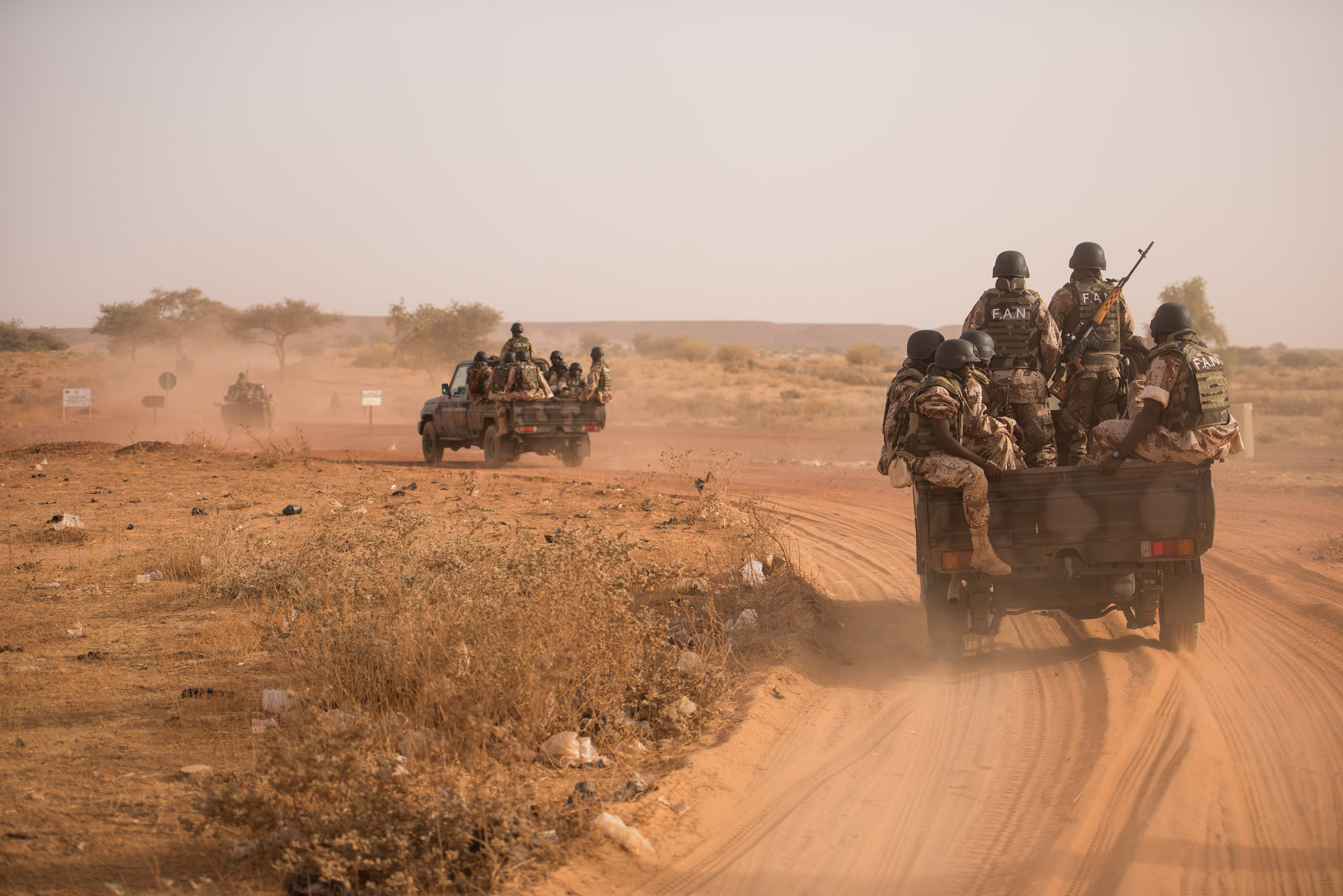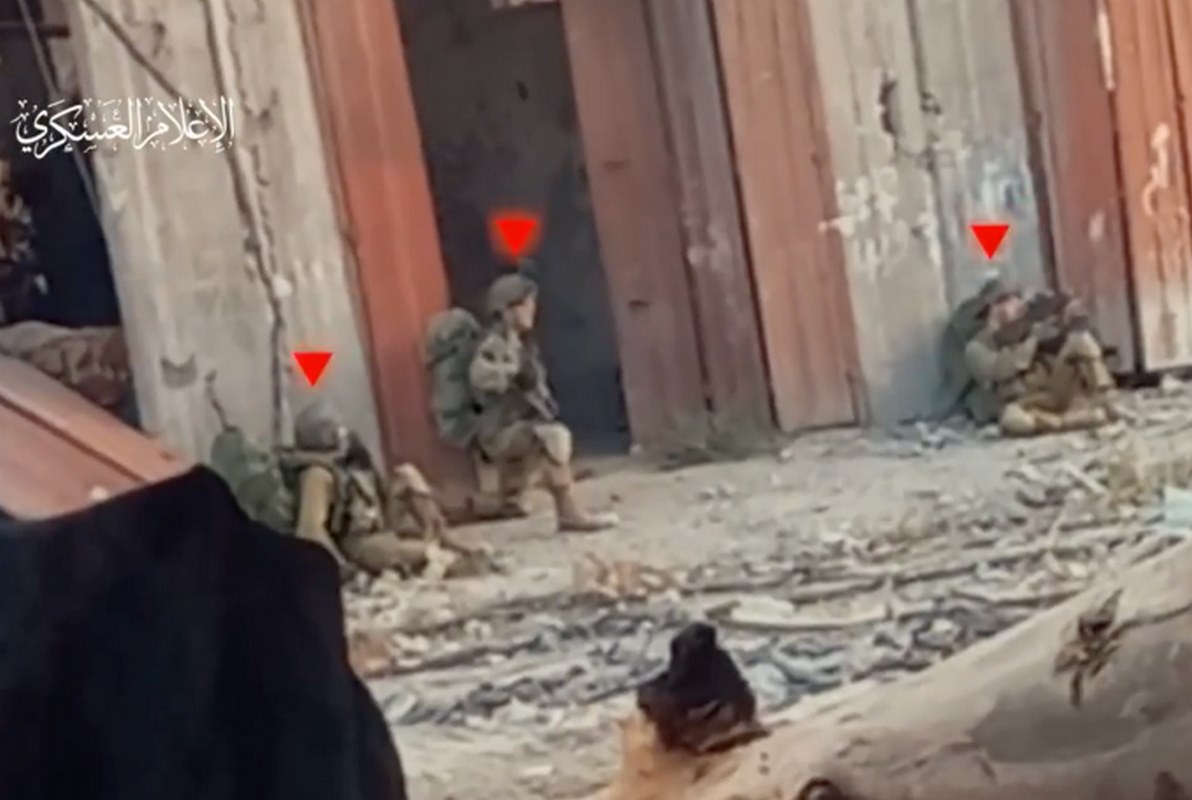PICTURED: The air traffic control tower in Bagram Air Base, Parwan Province, Afghanistan.
Story at a glance…
-
The U.S. have left their largest Afghanistan base.
-
The Taliban continue to capture districts.
-
The U.S. are following through with leaving troops behind on the airport.
PARWAN, Afghanistan. July 2nd 2021. American forces cut the power to Bagram Airfield and locked the doors behind them before bailing out of the area in the middle of the night.
But what did they leave behind, and who?
Much has been made of the hasty retreat from what four-term Congressman Ron Paul described as the “Symbol of the U.S. Occupation of Afghanistan,” with Paul comparing the ignominy of it to the terror war’s version of the Fall of Saigon moment in 1975 when U.S. embassy workers had to be saved from the rooftop by helicopter to prevent their demise at the hands of an advancing North Vietnamese army.
“We (heard) some rumor that the Americans had left Bagram… and finally by seven o’clock in the morning, we understood that it was confirmed that they had already left Bagram,” Afghan Army Gen. Mir Asadullah Kohistani, Bagram’s new commander said, according to the Military Times.
On Monday footage was released that provided a rare glimpse into the sprawling fortress that was the U.S. seat of power an hour’s drive from Kabul. Kathy Gannon at the AP picked up the narrative.
“The sheer size is extraordinary, with roadways weaving through barracks and past hangar-like buildings. There are two runways and over 100 parking spots for fighter jets known as revetments because of the blast walls that protect each aircraft. One of the two runways is 12,000 feet long and was built in 2006. There’s a passenger lounge, a 50-bed hospital and giant hangar size tents filled with supplies such as furniture.
Kohistani said the U.S. left behind 3.5 million items, all itemized by the departing U.S. military. They include tens of thousands of bottles of water, energy drinks and military ready made meals.”
There was also a prison. Within its cells were housed 5,000 prisoners. Currently no reports detail who they are, why they were there, or what the Afghan Army will do with them. Coverage from Al Jazeera reported in 2019 that the Bagram prison was more of a grey area in terms of human rights than Guantanamo, and many of its former detainees were tortured, held without charge or trial, and after their release were sent to countries that didn’t want them.
A transition period
While the questions of covert ops including special operators or drones, and bombing policy from outside the country, also known as “over the horizon capability” haven’t been answered, the Pentagon seems set on leaving 650 soldiers behind as glorified bodyguards to protect the Kabul international airport, and the U.S. embassy.
The Taliban captured 11 districts in 24 hours; 7 of which lied in the remoter Badakhshan Province, but one fell in Kandahar and another in Helmand, more geographically significant areas, and one fell in Parwan, where Bagram is located.
The Taliban have reiterated their demands that all foreign forces leave the country. Suhail Shaheen, a spokesperson who was part of the negotiating team in Doha, Qatar, said “we are against the foreign military forces, not diplomats”.
“NGOs and workers and NGOs functioning and embassies functioning — that is something our people need. We will not pose any threat to them,” he said.
Unnerved by Taliban advances around the country, Turkey has offered to protect the airport after the last of the NATO and U.S. troops leave. TOLO news, the country’s chief media outlet reports no decision has been made by Ankara as yet.
Sec. of Defense Lloyd Austin as well as CENTCOM chief McKenzie and JCS Chair Mark Milly sat down recently to discuss the airport/embassy fortressing and approved a new military command structure there, heedless that the Taliban have said that any remainder is against the agreement made in Doha in 2020 that the U.S. has already violated on three, pending four, occasions.


